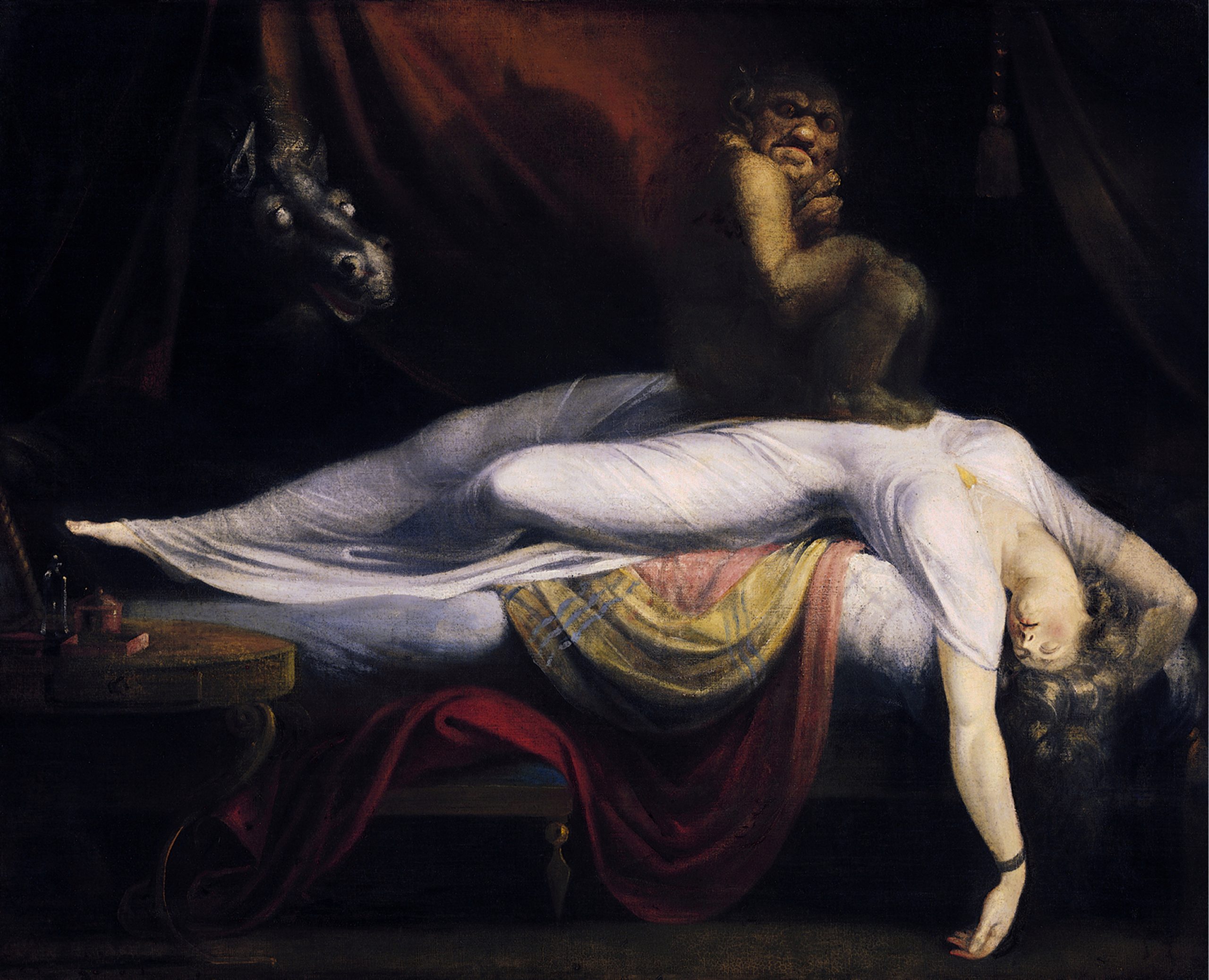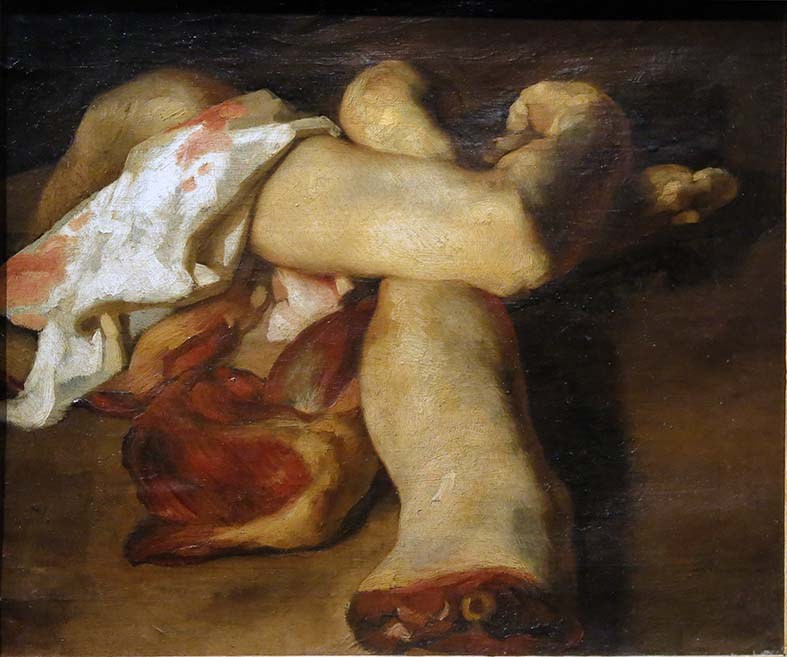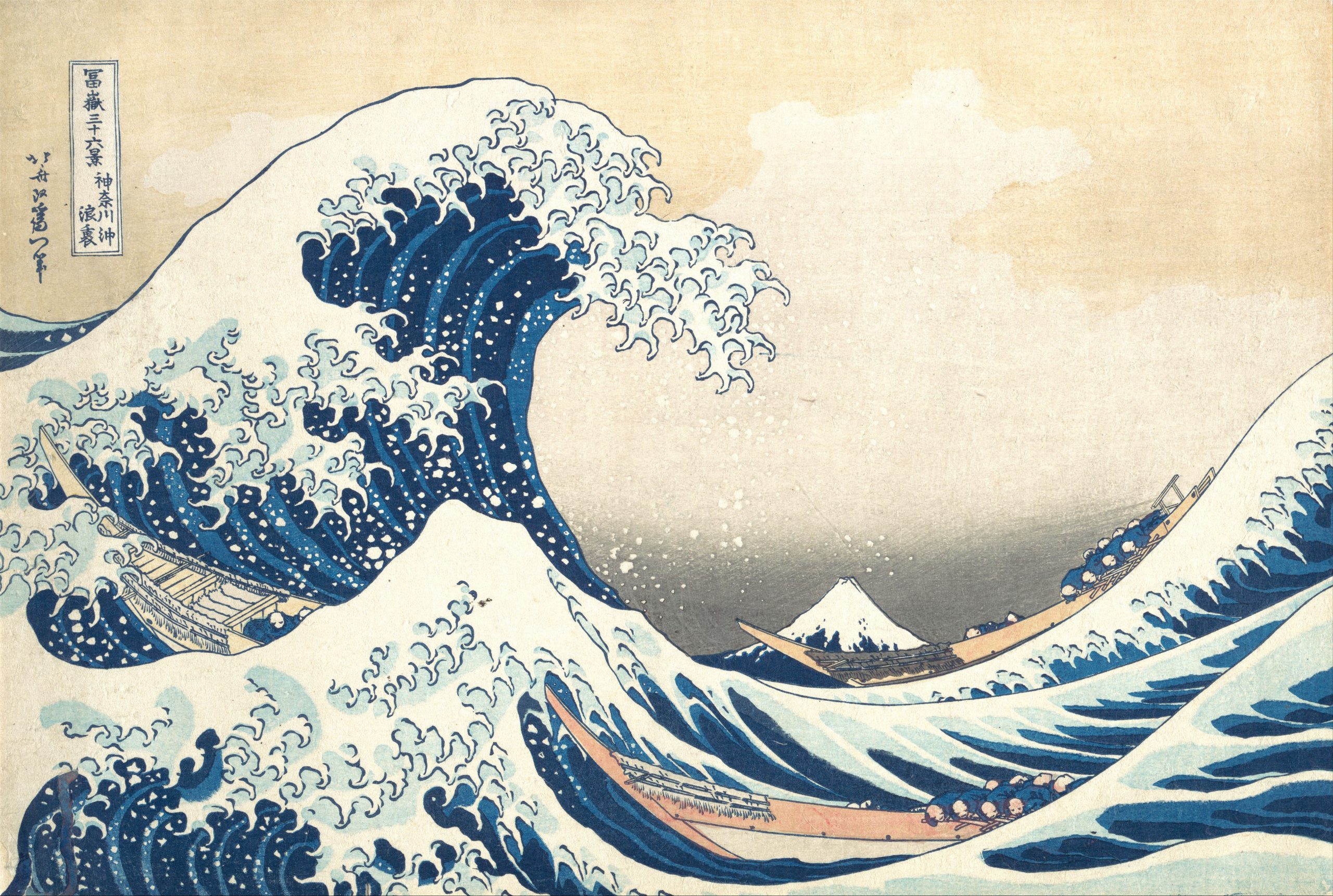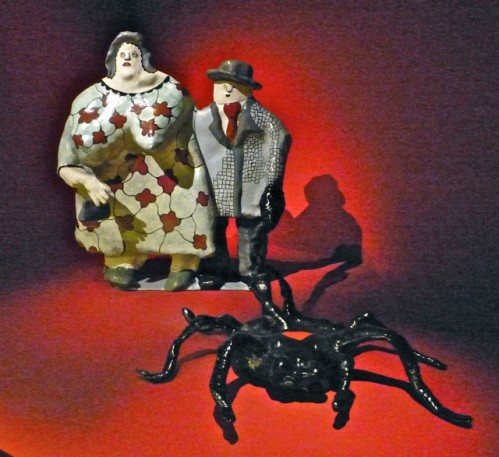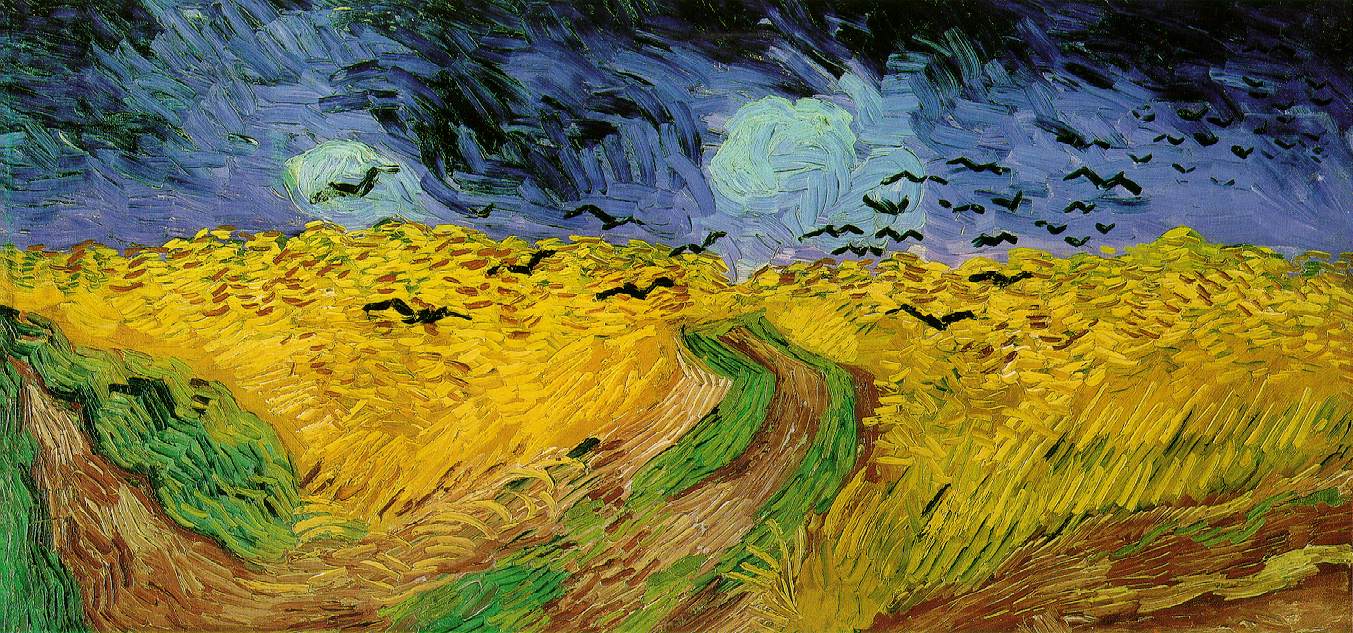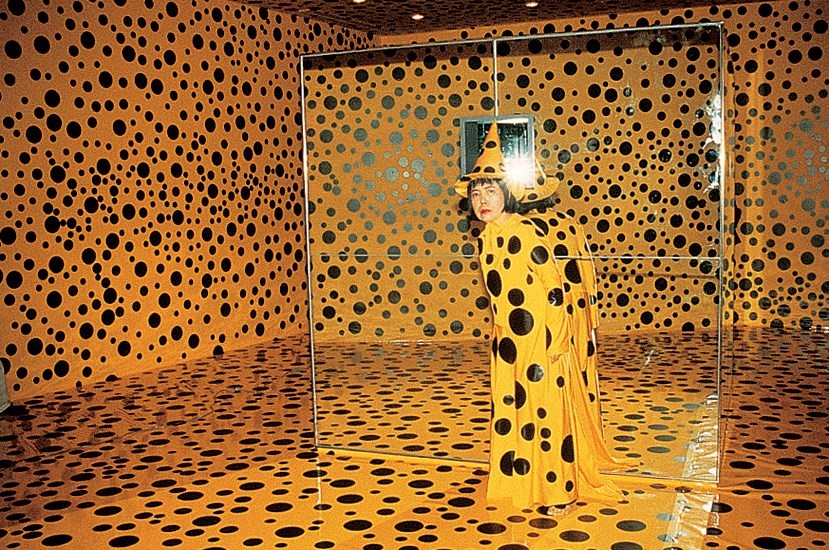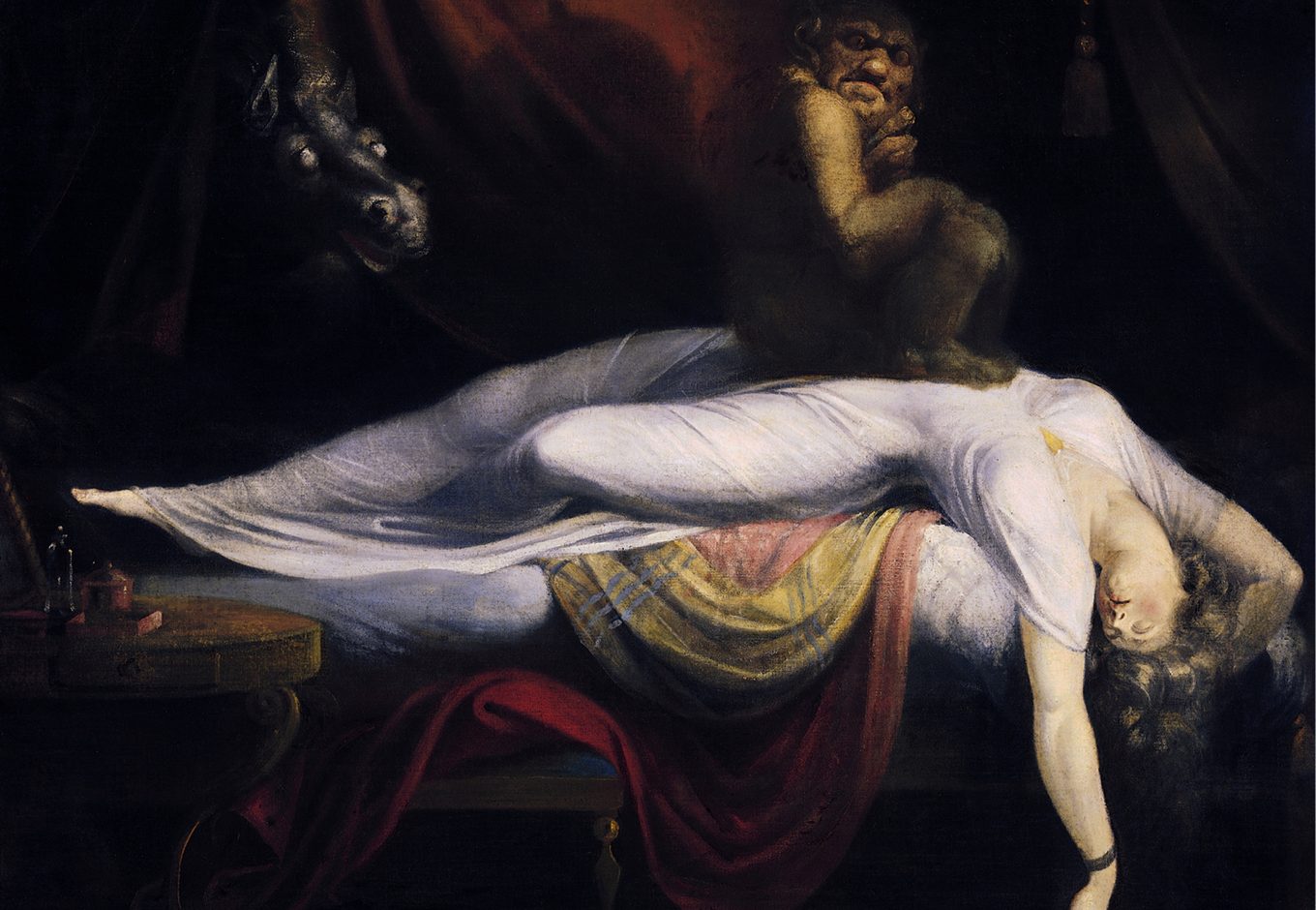Art History : Where is the death ?
Memento Mori and vanity… Death is one of the favorite themes of art history. On the one hand, death is often used to celebrate past lives or the existence of a paradise, on the other hand, it recall the inevitable end.
Death is bloody, like the dismantled limbs painted by Théodore Géricault, all collected from hospitals and prisons, and left to decompose. Death can be a horrific dream in Henry Fuseli’s “The Nightmare”, where an incubus lands on the stomach of a sleeping woman. Death embodies an element both frightening and fascinating in “The Great Wave” by Hokusai.
Death, ultimately, is eminently personal. It is the painful and bloody self-portraits of Frida Kahlo, the accumulation of colored dots by Yayoi Kusama or the recurrence of the spider in the sculptures and paintings of Niki de St Phalle.
Death is everywhere, all the time, and like Vincent Van Gogh’s last painting, “Wheatfield with Crows”, is both cheerful and dreadful.

